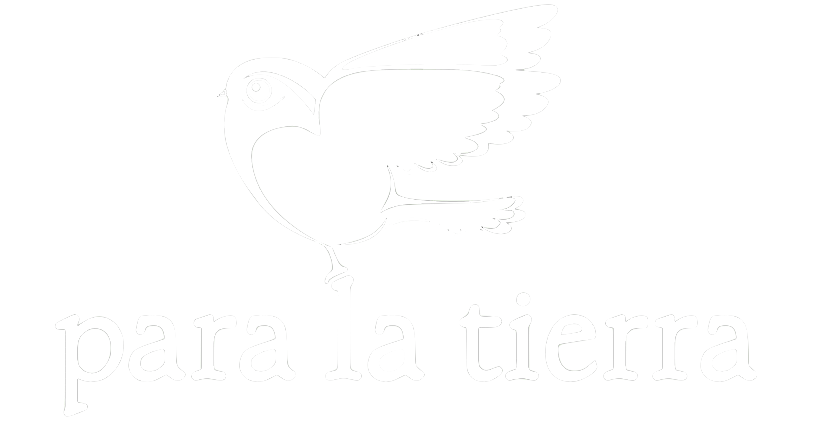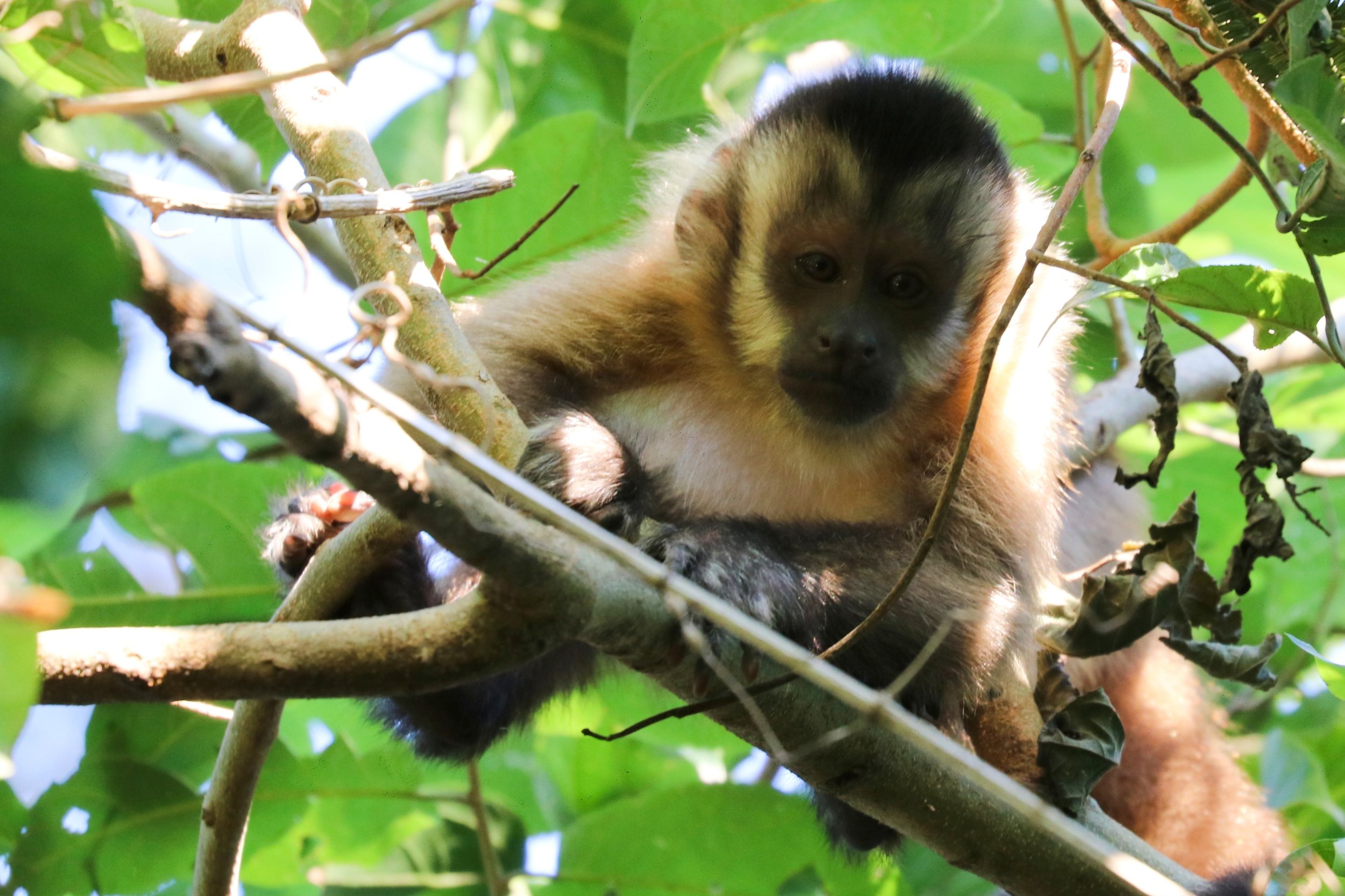The Paraguayan Upper Paraná Atlantic Forest is an extension of the once great Atlantic Forest that runs along the eastern coast of Brazil, spreading into northeastern Argentina and eastern Paraguay. In Paraguay, it originally covered a total area of over 86,000 square kilometres.
Today, this unique ecosystem is one of the five most rapidly disappearing habitats on earth with one of the highest global deforestation rates, due to the expansion of industrial agricultures, particularly soybean monocultures. Less than 7 per cent of the original cover in Paraguay remains, much of it in small, unconnected fragments.
Despite so little forest surviving, the often-overlooked Atlantic Forest is still one of the biologically richest and most diverse ecosystems on the planet, every bit as unique as the better-known Amazon region. It’s home to 23,000 plant species, some 8 per cent of the earth’s plants, and, with over 2,200 species of birds, mammals and herps, harbours 5 per cent of our planet’s vertebrates. Forty per cent of the plant and 31 per cent of the animal species are endemic to the Atlantic Forest region, with evermore new species being found.
We are working towards the protection and restoration of this unique ecosystem, which is of such critical importance for global biodiversity.
Our work in the Upper Paraná Atlantic Forest is centred around San Rafael or Tekoha Guasu, the largest Atlantic forest fragment remaining in Paraguay. Our long-term, multifaceted conservation action plan uses the ecological requirements of the hooded capuchin monkeys as our flagship species, while engaging communities that depend on the forest in our conservation efforts and providing them with profitable economic alternatives.
Our research and conservation projects around San Rafael are led by Dr. Rebecca Smith.
Hooded capuchin (Sapajus cay) project
The hooded capuchin (Sapajus cay) is the only representative of its genus found in Paraguay, being mostly restricted to the remaining Upper Paraná Atlantic Forest.
Despite a zero-deforestation law being in place throughout eastern Paraguay since 2004, almost 60 per cent of highly suitable habitat for the hooded capuchins was lost between 2000 and 2019. The forest is under extreme pressure from fires and illegal clearing, with less than 9,000 square kilometres remaining today.
Dr. Rebecca Smith has been studying the hooded capuchins and their ecological needs for over 10 years. Her research triggered a reassessment of the IUCN Red List, and in 2022, the conservation status of the hooded capuchins has been raised from ‘least concern’ to ‘vulnerable’. This is the first time this species has officially been considered in danger of extinction.
Reforestation project with indigenous Mbya Guaraní communities
To date, we have planted 33 thousand tree and yerba saplings, providing sustainable income opportunities for 18 families and one school, while replanting about six hectares of native Atlantic Forest.
Many indigenous Mbya Guaraní communities around San Rafael have few economic opportunities. Their largest (and often only) income stems from renting out their land for industrial soybean production.
While the price paid for this is in many cases far below the actual value of the land, the chemicals used in agricultural production pose an extreme threat to human and ecosystem health.
In collaboration with the indigenous community Mberu Pirapo’i, Dr. Rebecca Smith has designed a reforestation project which uses a mix of native tree species and shade-grown (also native) yerba mate. Increasing forest cover will create more habitat for pressured wildlife such as the hooded capuchin. At the same time, the harvest and sale of the popular, Atlantic Forest endemic tea will provide profitable economic alternatives to the highly marginalised Mbya Guaraní communities. We further provide training in ecotourism to community members, creating additional economic opportunities, for instance through guided tours of the reforestation plots.
Environmental education
Using our Voces de la Naturaleza curriculum, Dr. Rebecca Smith teaches environmental education in over 25 rural and indigenous Mbya Guaraní schools around San Rafael.
Paraguay’s new generation is lacking opportunities to develop a more nuanced understanding of their disappearing natural heritage due to a substandard education system, particularly in rural and poorer areas. This gives way to the formation of many harmful habits, such as burning rubbish near the forest and keeping wild animals as pets.
Using the hooded capuchin as flagship species, we are working towards reconnecting Paraguayan youth with nature and inspiring them to protect the environment that surrounds them.
Our participatory environmental education project has been supported by the Cyril Rosen Award from the Primate Society of Great Britain, the Lawrence Jacobsen Education Development Award from the International Primatological Society and the national Energy Globe Award.
Community engagement
The rural and indigenous communities around San Rafael have historically been neglected. Schools, and indeed entire communities, lack sufficient funding from the government.
We recognise that neither successful learning nor enthusiasm for conservation are possible if basic needs aren’t met. Therefore, we regularly organise and engage in fundraisers for the communities. Together with our supporters we have realised projects such as:
Providing food for warm lunches to the indigenous school Mberu Pirapo’i
Distributing warm clothing to the school and community of Mberu Pirapo’i
Distributing teaching materials to rural and indigenous schools
Painting school buildings of rural and indigenous schools for mould control
Building a playground in the indigenous school Mberu Pirapo’i
Installing air-conditioning/ heating units in the classrooms of the indigenous school Mberu Pirapo’i
Donating materials for festivities such as Día del Nino (children’s day) or end-of-school fairs
Working with local artisans to provide access to a small international market to sell their traditional crafts
All these activities are coordinated with and approved by the local director of the indigenous schools, Reina Rodríguez, and the respective community leader.
Supporters
Our research and conservation projects around San Rafael have received funding from:
Elphinstone Scholarship from the University of Aberdeen
Dr. Rebecca Smith was shortlisted for a Whitley Award in 2023.
All of our research and conservation projects around San Rafael are only possible thanks to the support of the Hostettler family and Hostettler S.A.
Contact
Dr Rebecca Smith
Rebecca is our executive director and Paraguay’s expert in the hooded capuchins and their conservation. She is responsible for all our research and conservation projects around San Rafael in the Upper Paraná Atlantic Forest.
If you have any questions regarding our projects around San Rafael, you can contact Rebecca at rebecca@paralatierra.org
Visit the Atlantic Forest with us
We offer all interns and volunteers the unique opportunity to join Dr Rebecca Smith on one of her trips to the Atlantic Forest. Experience all our research and conservation projects around San Rafael first-hand!
Get to know the forest. Help collect data for our hooded capuchin project and set camera traps for the forest's elusive wildlife. Visit rural and indigenous schools to run environmental education classes. Tour our reforestation project with local guides.
Support our Atlantic Forest conservation projects
Our conservation projects in the Atlantic Forest need financial support to buy educational equipment and basic supplies, such as food or warm clothing, for rural and indigenous communities around San Rafael.
You can also help us reforest more hectares of native Atlantic Forest and provide income opportunities to more vulnerable families. The next part of our reforestation project will focus on families with single mothers, some of whom are as young as 15.










